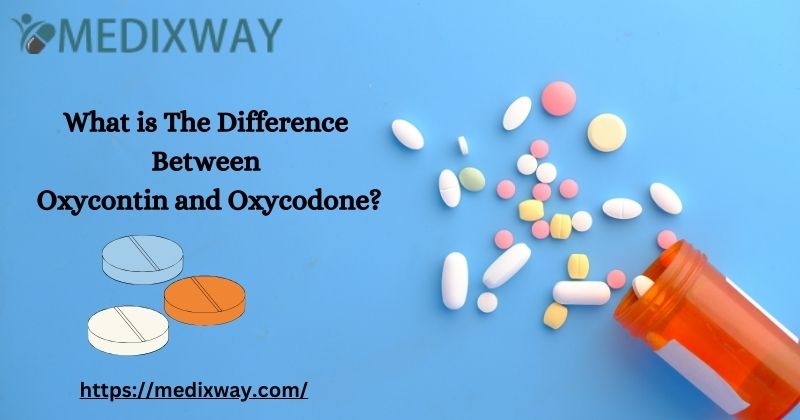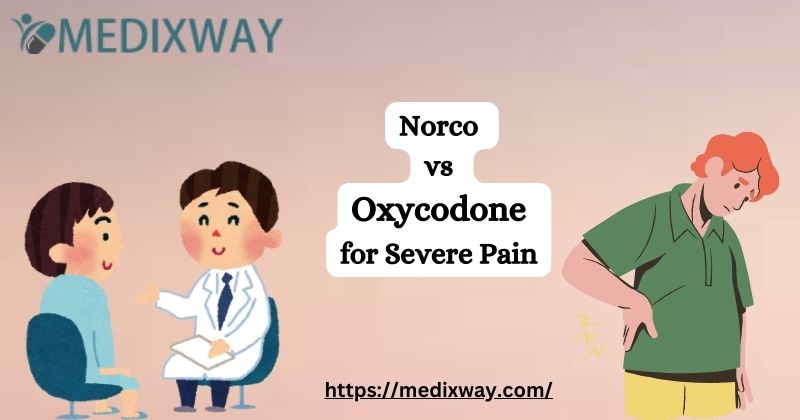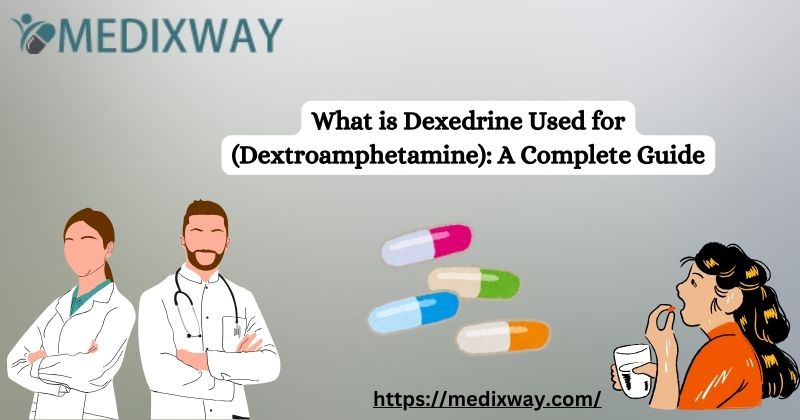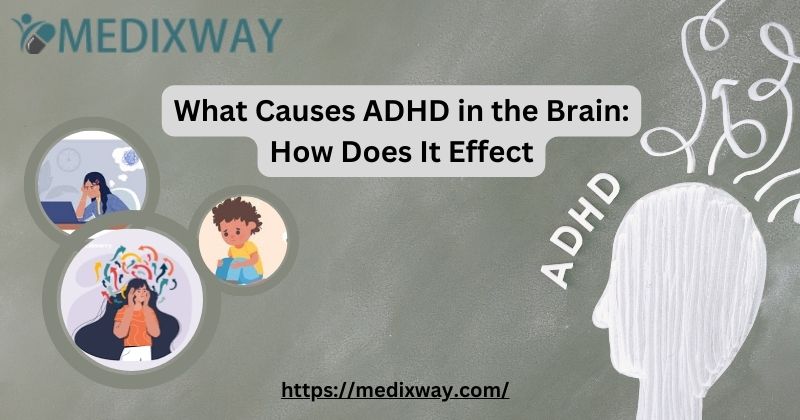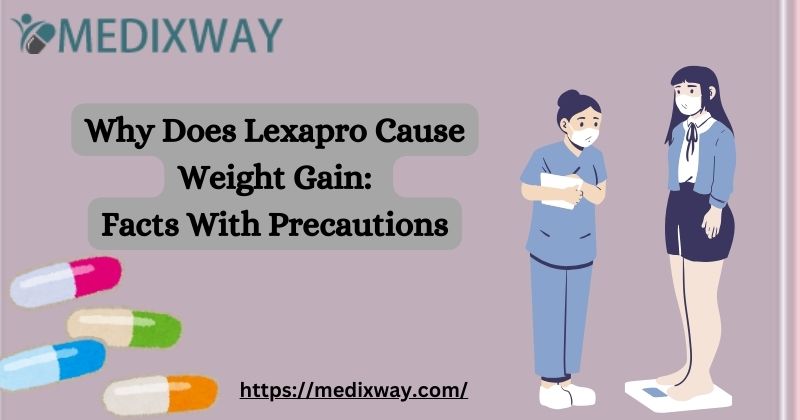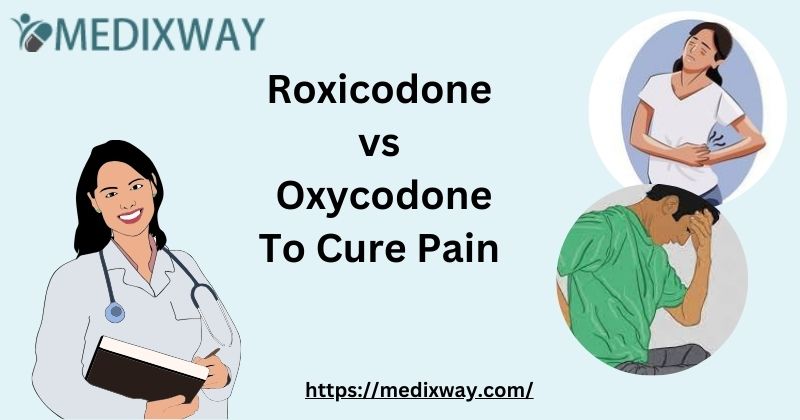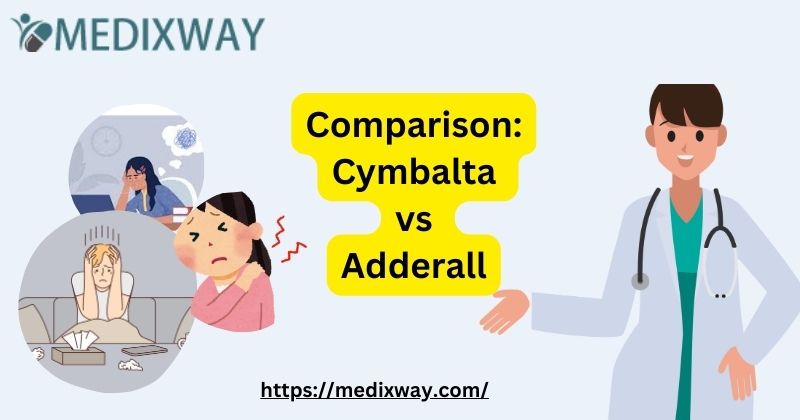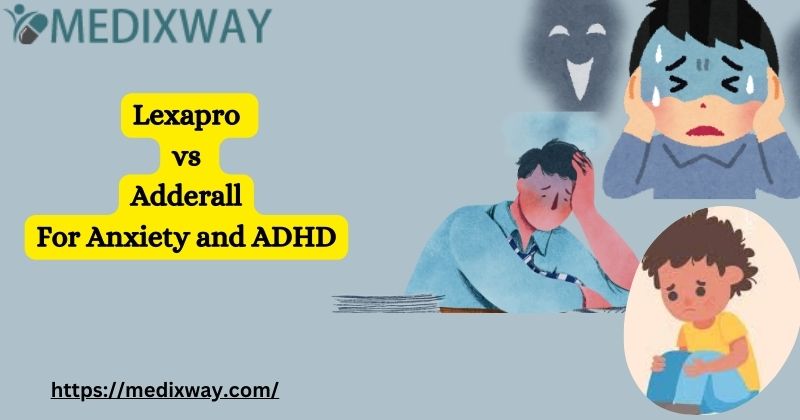The experience of pain is different in each individual, they need different ways to manage their pain. Oxycodone and OxyContin are the two drugs that are used to treat chronic pain in patients. A healthcare expert can recommend these medicines to patients who are experiencing pain. Today, This blog helps you to know what is the difference Between Oxycontin and Oxycodone i.e. a comparison of Oxycontin vs Oxycodone.
These are the pain-relieving medications, which are used to treat moderate to serious pain. The pain can be caused due to injury, after the operation, cancer-related pain, etc. These medicines work by targeting the cause of the pain, and they help in reducing the pain in patients.
So, let’s start the blog with the introduction of Oxycodone and OxyContin drugs, their similarities, effectiveness, forms, dosage strengths, side effects, and precautions.
What is OxyContin?
This drug is recommended when other opioid drugs are not able to treat adverse unbearable pain. For instance, pain is caused due to injuries, bursitis, neuralgia, arthritis, and cancer. Oxycontin drug belongs to the drug class called opioid analgesic. It binds to the receptors of the brain and the spinal cord. At last, they stop the pain signals and pain too.
OxyContin medication is an opioid agonist. It is a Schedule II controlled substance that is classified under the Controlled Substances Act (CSA). This painkiller drug is available in the United States only and can be availed after getting a prescription from a healthcare professional.
Long-term abuse of the medication can lead to physical dependence and addiction. People who become dependent or addicted to the drug may experience withdrawal symptoms if they abruptly quit the drug.
What is Oxycodone?
Oxycodone is an effective drug that is used to treat moderate to severe pain in an individual. It is an opioid painkiller drug, which is also known as narcotic analgesia. It is used when other painkillers do not work well. The medication belongs to the group of drugs known as Narcotic Analgesics. This drug acts immediately on the central nervous system (CNS) of the brain, which produces an analgesic effect on the pain.
The Food and Drug Administration (FDA) has approved. Moderate to severe pain in individuals can be treated with the help of Oxycodone medicine. It is also a prescription-only medication. Oxycodone is the generic variant that is used as an active component in various branded medications such as Roxicodone, OxyContin, Oxydose, etc.
Similarities of Both Drugs:
- For chronic pain, Oxycontin should only be given to patients who have seen positive results from using Oxycodone.
- Both medications belong to the class of drugs which is known as opioid analgesics. They are both also called narcotic analgesics.
- OxyContin and Oxycodone are habit-forming drugs, and there is a high risk of drug abuse and physical dependency in individuals.
- Pregnant women should avoid the use of these medications.
What is the Difference Between Oxycontin and Oxycodone(Oxycontin vs Oxycodone)
These medicines are mostly similar to each other but have some minor differences regarding forms, available dosage strengths, and side effects. Let’s discuss them one by one as follows-
Effectiveness: Which is More Effective ‘Oxycodone vs Oxycontin’?
Both drugs oxycodone and OxyContin are powerful painkillers for patients who are suffering from moderate to severe pain. Oxycodone medication is used to treat severe pain such as cancer, injuries, trauma, and other medical conditions. OxyContin is used to treat severe pain for long-term treatment. OxyContin is stronger than Oxycodone drug, but it works faster than OxyContin medication.
Forms and Dosages of Oxycontin and Oxycodone:
Both are available in various forms and dosage strengths as follows
Forms of Oxycodone
Oxycodone is available in three different forms such as oral solution, tablet, and capsule.
1) Oxycodone Capsule form:- Immediate-release(IR) Capsule:- 5 mg.
2) Oxycodone Oral Solution:- 5 mg/5 ml strength
3) Oxycodone Tablet forms
- Immediate-release(IR) tablets:- 5 mg, 10 mg, 15 mg, 20 mg and 30 mg strengths.
- Extended-release(ER) tablets:- 10 mg, 15 mg, 20 mg, and 30 mg strengths.
Forms of OxyContin Drug
This pain relief medicine is available in the OC and OP forms. OC is the old ‘Oxy’ form and OP is the new one. The OC pills are available with imprint OC on one side and strength of the pill on the other side in mg. Likewise, OP pills have ‘OP’ imprints on one side and strength on the other side.
OxyContin OP and OC drug strengths are as follows:
- OxyContin OP medicines are available in the strengths of 10 mg, 15, 20 mg, 30 mg, 40 mg, 60 mg, and 80 mg.
- The Oxycontin OC medicines are available in the strength of 5mg, 10 mg, 20 mg, 30mg, 40 mg, 60 mg, 80 mg
Oxycodone Dosage:-
For Acute Pain
- The initial dosage for adult patients is 5 mg to 15 mg every 4 to 6 hours.
- For children, the dose can be started with dosage strength from 0.05 mg to 0.15 mg.
- In both cases, a doctor can change the dosage strength according to the patient’s severity of the pain, age, and other health conditions.
For Chronic Pain
The initial dose can be started from 2.5 mg. The dosage strength can be increased by the health care expert. However, any change of dosage strength should be done after checking its adverse effects on the people.
Dosage of OxyContin Drug:-
- Non-Opioid-Tolerant Patient:- A dose of 10 mg every 12 hours is recommended by the doctor after examining the patient’s medical condition.
- Opioid-Tolerant Patients:- Health care experts can advise doses of 40 mg and above (60 or 80 mg) to those patients who can tolerate these opioid drugs.
Oxycodone vs Oxycontin Side Effects:
Drugs can cause some common as well as serious side effects that are listed below:
Common Side Effects of Oxycodone Drug
- Flushing
- Headache
- Tiredness
- Dizziness
- Nausea
- Vomiting
- Constipation
- Itching
- Red eyes
- Stomach pain
Serious Side Effects
- Seizures
- Palpitations
- Heart problems
- Increased heart rate
- Dependence Drug
- Low blood pressure
- Problem in breathing
- Allergic reaction
Common Side Effects of OxyContin
- Drowsiness
- Headache
- Dizziness
- Tiredness
- Constipation
- Stomach pain
- Nausea
- Vomiting
Serious Side Effects
- Hives
- Swelling on body
- Seizures
- Slow pulse rate
- Irregular of heartbeat
- Hallucination
- Agitation
- Coordination loss
- Sweating
Precautions of Oxycontin and Oxycodone:
- Alcohol consumption should be strictly avoided during the treatment with these drugs.
- Both of these medicines should not be administered to women who are breastfeeding or are pregnant.
- OxyContin and Oxycodone are both opioids, which can lead to addiction and withdrawal symptoms.
- The patient should inform their healthcare expert about their medical history before starting the treatment.
- Overdose of both drugs can be fatal, do not use these medications without a prescription from a healthcare expert.
- You should swallow the whole tablet without crushing, chewing, and dissolving it.
Conclusion:
This blog provides you what is the difference between oxycontin and oxycodone with detailed information. After taking these pain relief medicines, patients may get both advantages and disadvantages. It is advised to take as recommended with a clear consultation with the health expert. Hope, you will find this blog helpful and informative to you!

